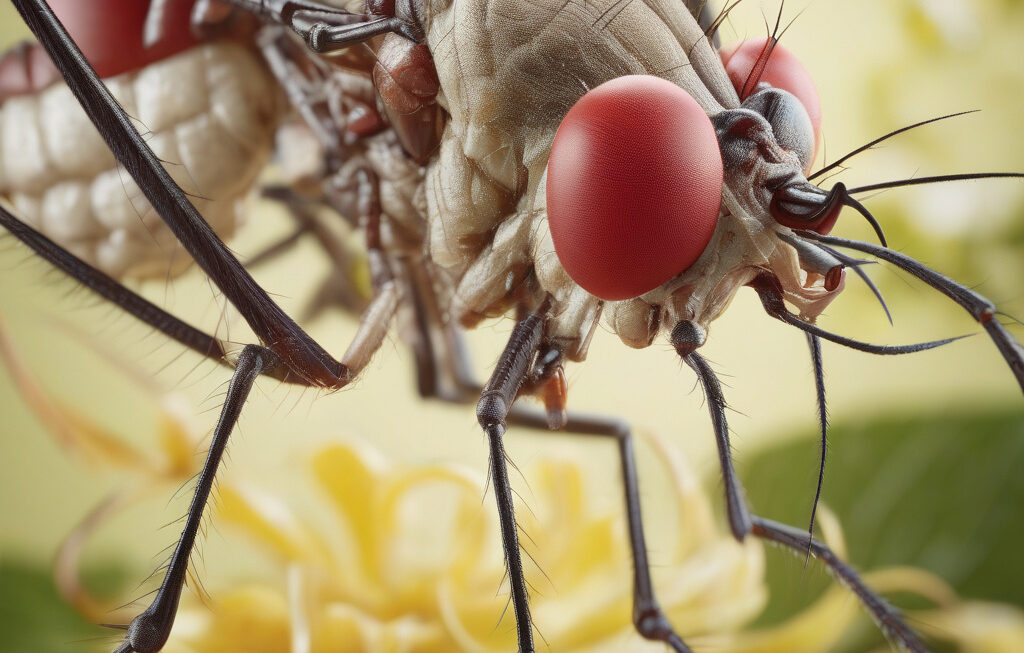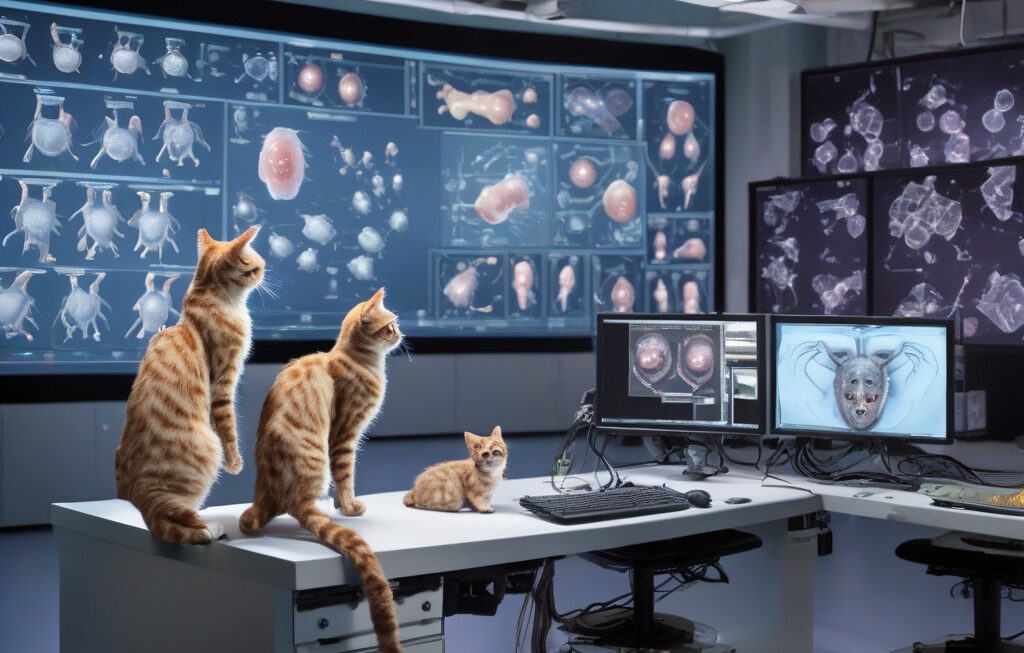Next-gen robots get brain-like navigation to run for days using 90% less power
QUT Centre for Robotics researchers have developed a new robot navigation system. Locational Encoding with Aligned Semantic Projections (LEAP) allows robots to navigate their surroundings with unprecedented efficiency, akin to the way the human brain processes information. This groundbreaking technology promises to revolutionize various industries reliant on autonomous robots for extended operations.
The LEAP system mimics the human brain’s neural networks, enabling robots to understand their environment, make decisions, and navigate obstacles seamlessly. By utilizing locational encoding and aligned semantic projections, robots equipped with LEAP can conserve energy by up to 90%, significantly extending their operational time. This innovation addresses a crucial challenge in robotics – power consumption and battery life.
Traditional robot navigation systems often struggle with energy efficiency, limiting their ability to perform tasks continuously for extended periods. With the implementation of LEAP, robots can now operate for days without the need for frequent recharging or battery replacements. Industries such as manufacturing, logistics, healthcare, and even space exploration stand to benefit from this game-changing advancement.
Imagine autonomous drones delivering medical supplies to remote areas without the constraint of limited battery life or robotic assistants in hospitals efficiently navigating complex environments without frequent interruptions for recharging. The applications of the LEAP system are vast and have the potential to streamline operations, reduce costs, and enhance productivity across various sectors.
Moreover, the integration of brain-like navigation opens up possibilities for robots to learn and adapt to new environments independently. This adaptive capability is crucial for tasks that require flexibility and real-time decision-making, such as search and rescue operations or disaster response missions. By incorporating elements of artificial intelligence and cognitive computing, robots can now navigate dynamic environments with enhanced precision and speed.
The development of the LEAP system underscores the importance of interdisciplinary research in advancing robotics and AI technologies. By bridging the gap between neuroscience, computer science, and engineering, the QUT Centre for Robotics has paved the way for a new era of intelligent robotic systems. This collaborative approach not only drives innovation but also fosters creativity and exploration in the field of robotics.
As we look towards the future, the possibilities presented by brain-like navigation systems in robots are limitless. From enhancing autonomous vehicles’ safety and efficiency to revolutionizing smart manufacturing processes, LEAP technology marks a significant milestone in the evolution of robotics. With continued research and development, we can expect to see even more sophisticated and autonomous robots that redefine our interaction with technology.
In conclusion, the advent of the LEAP system heralds a new era of energy-efficient, intelligent robots capable of running for extended periods with minimal power consumption. By emulating the human brain’s navigation capabilities, this next-generation technology has the potential to transform industries and drive innovation across various sectors. As we witness the convergence of neuroscience and robotics, the future of autonomous systems looks brighter than ever.
robotics, innovation, AI, efficiency, technology












